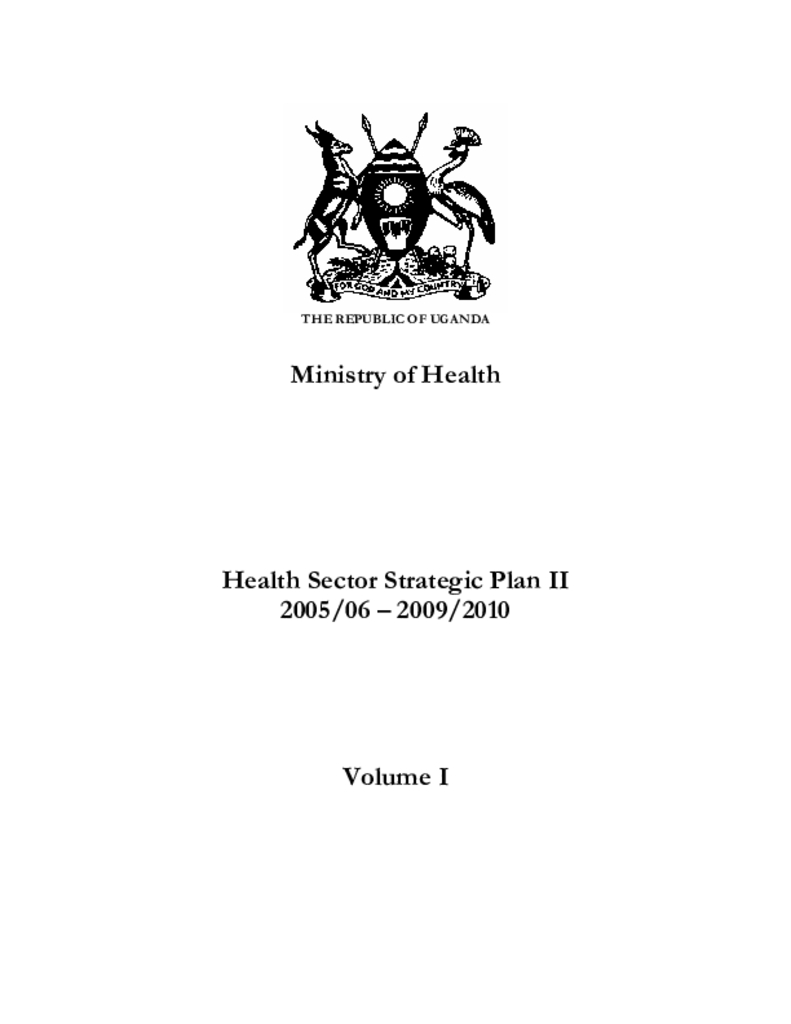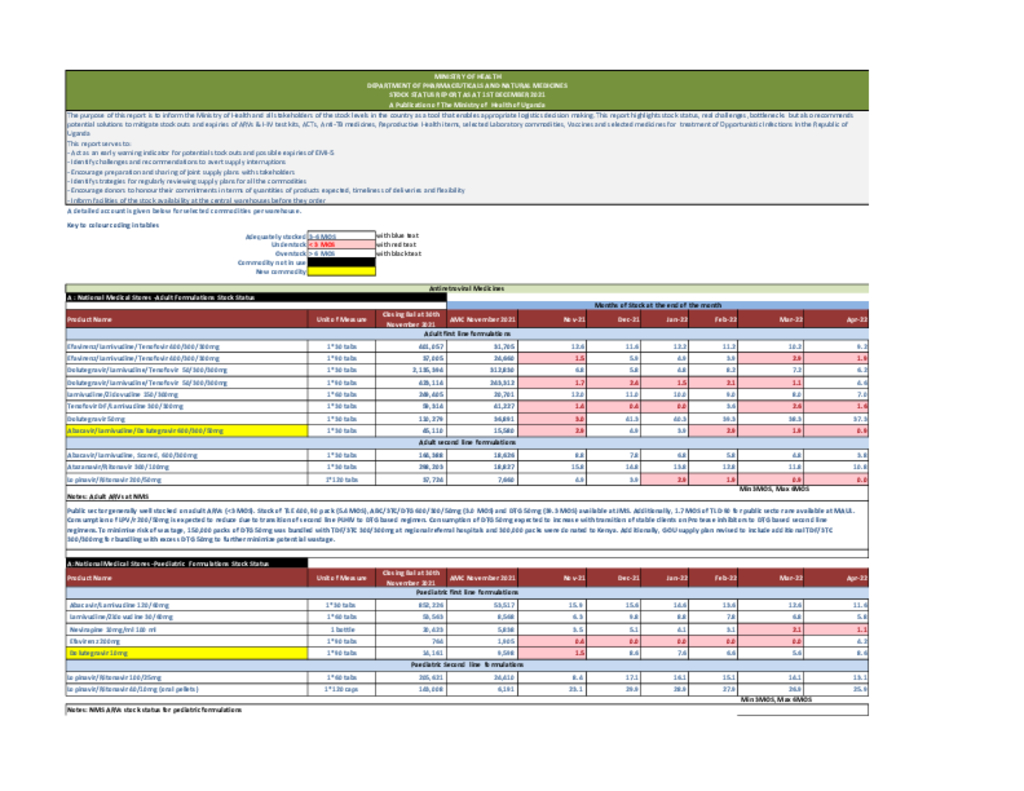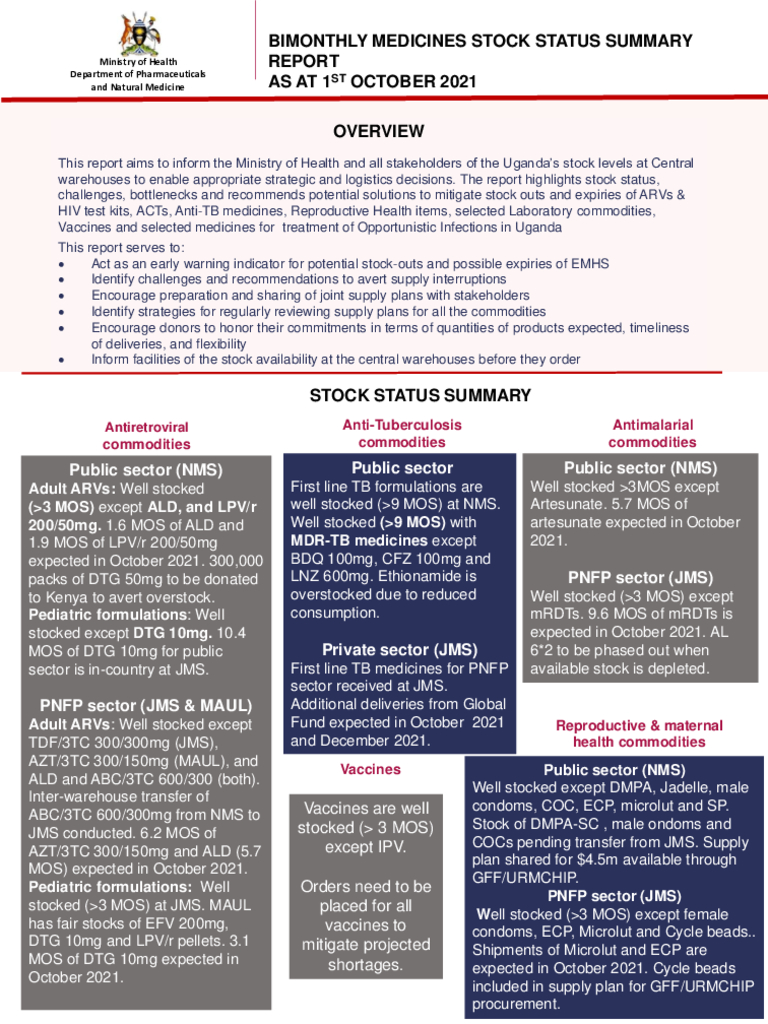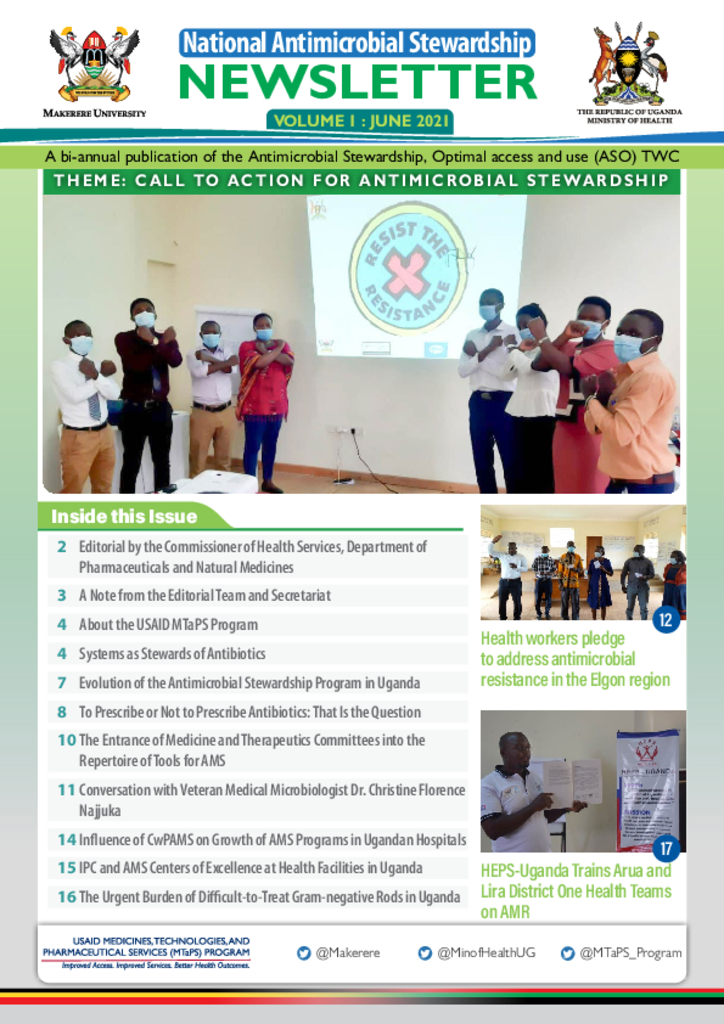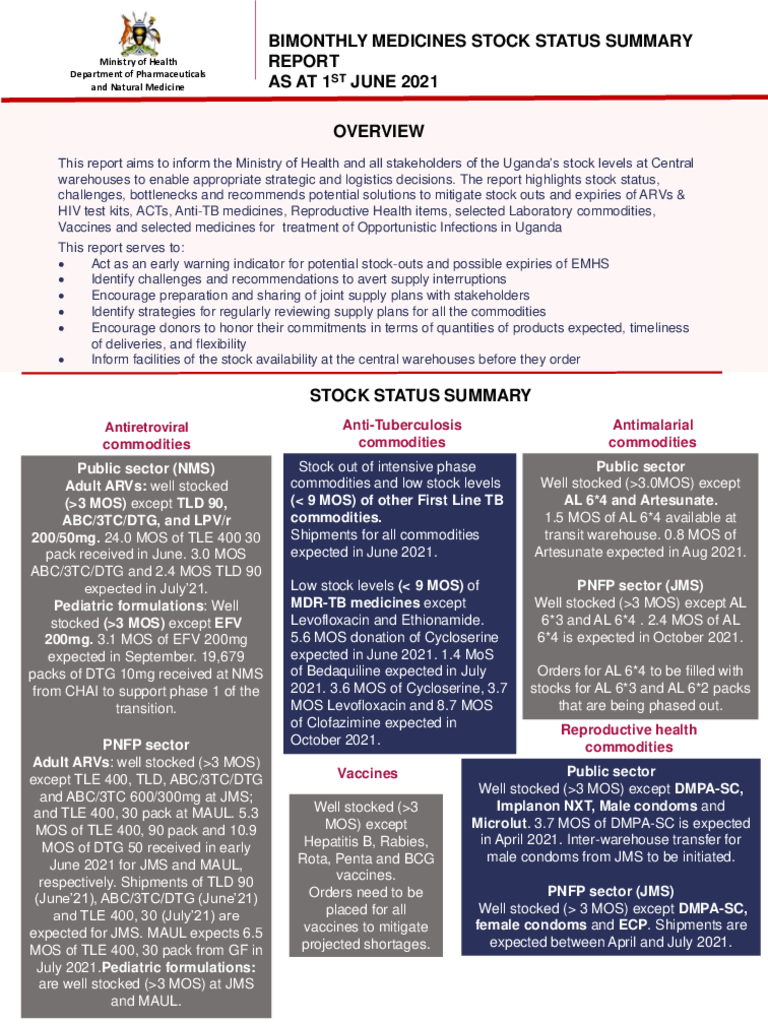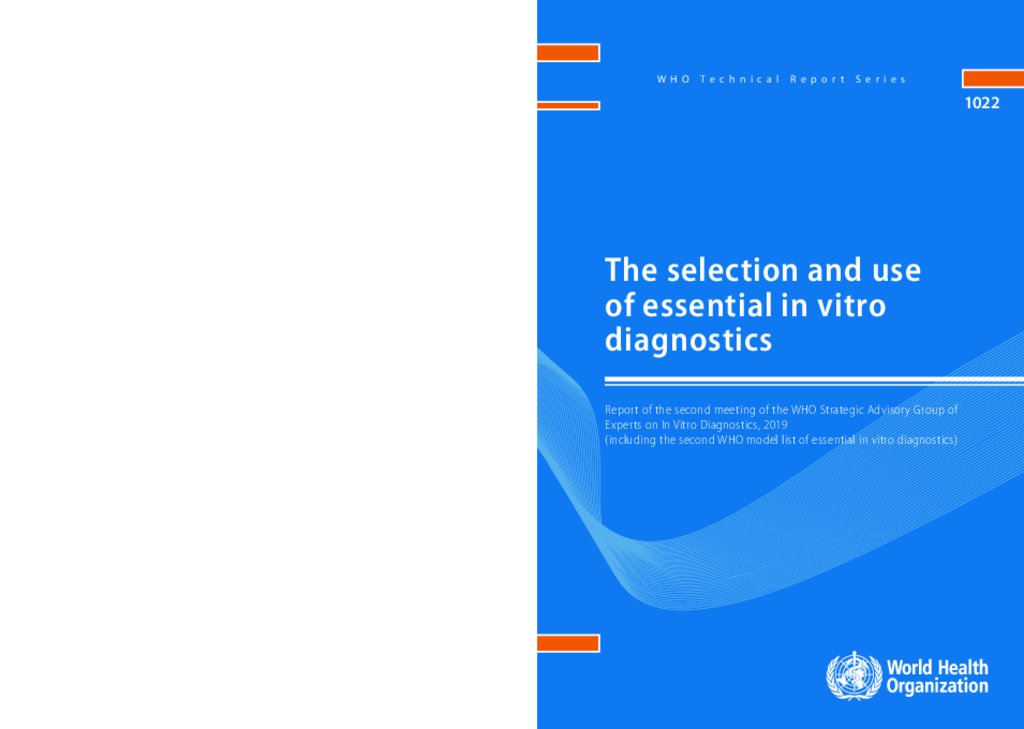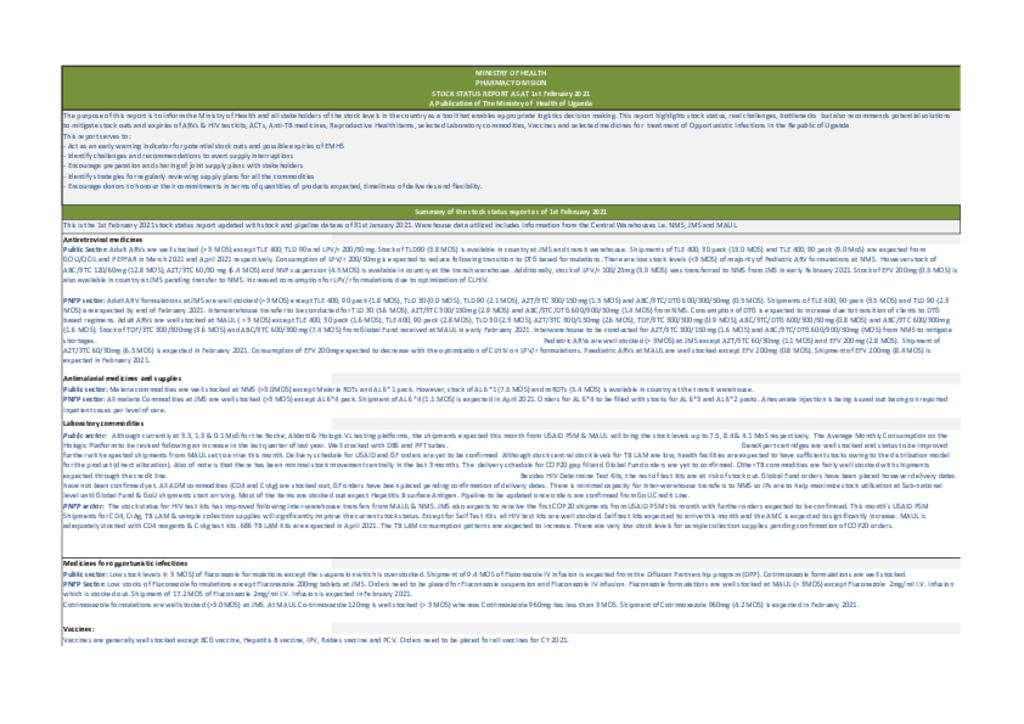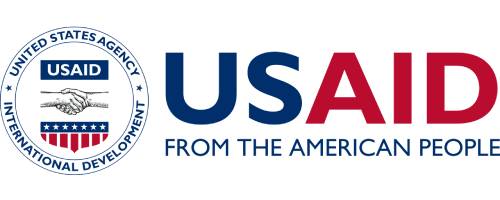Uganda has been consistent in its pursuit of poverty eradication as the overriding priority for national socioeconomic development. The overall goal of the government is to reduce absolute poverty to less than 10% of the population by 2017. The country has experienced strong economic growth averaging 6.5% per annum since 1991/92, with inflation at an annual average of 4.8%. However, the percentage of the population living below the poverty line is still high at 38% in 2003
The National Drug Authority Strategic Plan 2020/2021-2024/2025 builds on the gains achieved in the previous period and also focuses on consolidating efficiency and effectiveness in drug regulation, as provided for within the mandate of the Drug Authority. This strategic plan has been aligned to the NDPIII programmes of Human Capital Development, Manufacturing, Agro-Industrialization, and Private Sector Development
The Government of Uganda (GoU) has demonstrated significant progress in reversing multiple identified health sector challenges and meeting several targets over the last two decades. The country has embraced universal health coverage (UHC) and made steady strides in ensuring that it is achieved for the entire population. Among the critical UHC elements, a strong and robust supply chain system is an essential component.
The purpose of this report is to inform the Ministry of Health and all stakeholders of the stock levels in the country as a tool that enables appropriate logistics decision making. This report highlights stock status, real challenges, bottlenecks but also recommends potential solutions to mitigate stock outs and expiries of ARVs & HIV test kits, ACTs, Anti-TB medicines, Reproductive Health items, selected Laboratory commodities, Vaccines and selected medicines for treatment of Opportunistic Infections In the Republic of Uganda This report serves to: - Act as an early warning indicator for potential stock outs and possible expiries of EMHS
The report aims to inform the Ministry of Health and stakeholders’ planning and logistics decisions to ensure a robust health commodities supply chain. This report provides an update of the health facility stock status data and HMIS 105-section 6 reporting for 38 tracer commodities (in different baskets) countrywide. The report shows the percentages of facilities that are submitting reports into DHIS2, Out of stock, Under-stocked, Appropriately Stocked, and Overstocked based on Months of Stock.
The purpose of this report is to inform the Ministry of Health and all stakeholders of the stock levels in the country as a tool that enables appropriate logistics decision making. This report highlights stock status, real challenges, bottlenecks but also recommends potential solutions to mitigate stock outs and expiries of ARVs & HIV test kits, ACTs, Anti-TB medicines, Reproductive Health items, selected Laboratory commodities, Vaccines and selected medicines for treatment of Opportunistic Infections In the Republic of Uganda
This report aims to inform the Ministry of Health and all stakeholders of the Uganda’s stock levels at Central warehouses to enable appropriate strategic and logistics decisions. The report highlights stock status, challenges, bottlenecks and recommends potential solutions to mitigate stock outs and expiries of ARVs & HIV test kits, ACTs, Anti-TB medicines, Reproductive Health items, selected Laboratory commodities, Vaccines and selected medicines for treatment of Opportunistic Infections in Uganda.
Antimicrobial resistance (AMR) has many drivers, with antibiotics use in the human and animal sectors being the most significant and modifiable factor. We all must work towards preservation of the available antimicrobials through judicious and thoughtful antimicrobial use in all sectors. All of us have a vita role to play by making meaningful decisions and changes that can improve the use antimicrobials, patient safety, and the health of the population.
This report aims to inform the Ministry of Health and all stakeholders of the Uganda’s stock levels at Central warehouses to enable appropriate strategic and logistics decisions. The report highlights stock status, challenges, bottlenecks and recommends potential solutions to mitigate stock outs and expiries of ARVs & HIV test kits, ACTs, Anti-TB medicines, Reproductive Health items, selected Laboratory commodities, Vaccines and selected medicines for treatment of Opportunistic Infections in Uganda.
The purpose of this report is to inform the Ministry of Health and all stakeholders of the stock levels in the country as a tool that enables appropriate logistics decision making. This report highlights stock status, real challenges, bottlenecks but also recommends potential solutions to mitigate stock outs and expiries of ARVs & HIV test kits, ACTs, Anti-TB medicines, Reproductive Health items, selected Laboratory commodities, Vaccines and selected medicines for treatment of Opportunistic Infections In the Republic of Uganda This report serves to: - Act as an early warning indicator for potential stock outs and possible expiries of EMHS - Identify challenges and recommendations to avert supply interruptions - Encourage preparation and sharing of joint supply plans with stakeholders - Identify strategies for regularly reviewing supply plans for all the commodities - Encourage donors to honour their commitments in terms of quantities of products expected, timeliness of deliveries and flexibility - Inform facilities of the stock availability at the central warehouses before they orde
The second meeting of the WHO Strategic Advisory Group of Experts on In Vitro Diagnostics (SAGE IVD) was held on 18–22 March 2019 at WHO headquarters in Geneva, Switzerland.
The purpose of this report is to inform the Ministry of Health and all stakeholders of the stock levels in the country as a tool that enables appropriate logistics decision making. This report highlights stock status, real challenges, bottlenecks but also recommends potential solutions to mitigate stock outs and expiries of ARVs & HIV test kits, ACTs, Anti-TB medicines, Reproductive Health items, selected Laboratory commodities, Vaccines and selected medicines for treatment of Opportunistic Infections In the Republic of Uganda This report serves to: - Act as an early warning indicator for potential stock outs and possible expiries of EMHS - Identify challenges and recommendations to avert supply interruptions - Encourage preparation and sharing of joint supply plans with stakeholders - Identify strategies for regularly reviewing supply plans for all the commodities - Encourage donors to honour their commitments in terms of quantities of products expected, timeliness of deliveries and flexibility.
